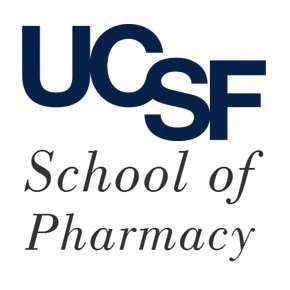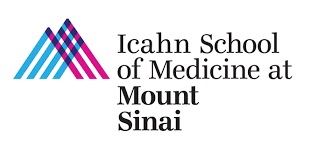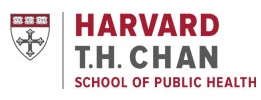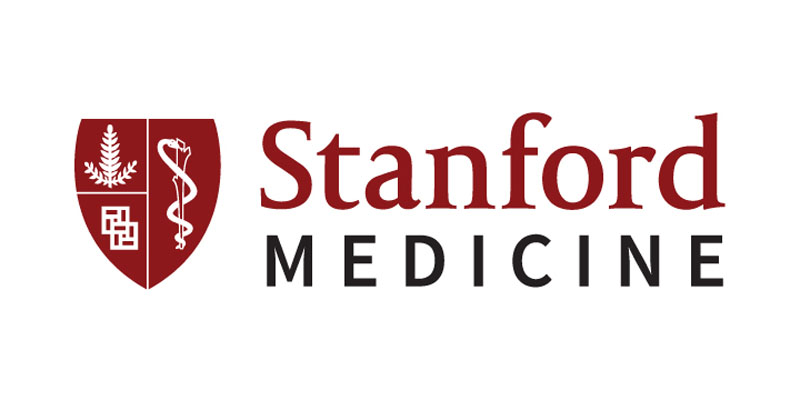Submitted by ja607 on
| Title | Modeling epistasis in mice and yeast using the proportion of two or more distinct genetic backgrounds: Evidence for "polygenic epistasis". |
| Publication Type | Journal Article |
| Year of Publication | 2020 |
| Authors | Rau, CD, Gonzales, NM, Bloom, JS, Park, D, Ayroles, J, Palmer, AA, Lusis, AJ, Zaitlen, N |
| Journal | PLoS Genet |
| Volume | 16 |
| Issue | 10 |
| Pagination | e1009165 |
| Date Published | 2020 10 |
| ISSN | 1553-7404 |
| Keywords | Alleles, Animals, Epistasis, Genetic, Evolution, Molecular, Genotype, Humans, Mice, Models, Genetic, Multifactorial Inheritance, Phenotype, Quantitative Trait Loci, Saccharomyces cerevisiae, Selection, Genetic |
| Abstract | BACKGROUND: The majority of quantitative genetic models used to map complex traits assume that alleles have similar effects across all individuals. Significant evidence suggests, however, that epistatic interactions modulate the impact of many alleles. Nevertheless, identifying epistatic interactions remains computationally and statistically challenging. In this work, we address some of these challenges by developing a statistical test for polygenic epistasis that determines whether the effect of an allele is altered by the global genetic ancestry proportion from distinct progenitors. RESULTS: We applied our method to data from mice and yeast. For the mice, we observed 49 significant genotype-by-ancestry interaction associations across 14 phenotypes as well as over 1,400 Bonferroni-corrected genotype-by-ancestry interaction associations for mouse gene expression data. For the yeast, we observed 92 significant genotype-by-ancestry interactions across 38 phenotypes. Given this evidence of epistasis, we test for and observe evidence of rapid selection pressure on ancestry specific polymorphisms within one of the cohorts, consistent with epistatic selection. CONCLUSIONS: Unlike our prior work in human populations, we observe widespread evidence of ancestry-modified SNP effects, perhaps reflecting the greater divergence present in crosses using mice and yeast. |
| DOI | 10.1371/journal.pgen.1009165 |
| Alternate Journal | PLoS Genet |
| PubMed ID | 33104702 |
| PubMed Central ID | PMC7644088 |
| Grant List | K99 HL138301 / HL / NHLBI NIH HHS / United States R01 CA227237 / CA / NCI NIH HHS / United States U01 HG009080 / HG / NHGRI NIH HHS / United States R01 HG006399 / HG / NHGRI NIH HHS / United States R01 HL147883 / HL / NHLBI NIH HHS / United States R01 DA021336 / DA / NIDA NIH HHS / United States F31 DA036358 / DA / NIDA NIH HHS / United States K25 HL121295 / HL / NHLBI NIH HHS / United States R01 DK117850 / DK / NIDDK NIH HHS / United States T32 GM007197 / GM / NIGMS NIH HHS / United States R35 GM124881 / GM / NIGMS NIH HHS / United States |





